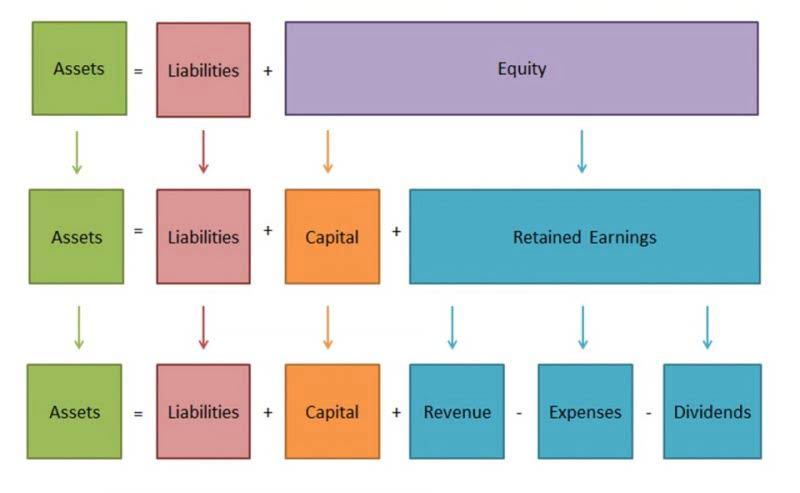
But, you’ll likely need integrated, lawyer-specific tools to manage and reconcile client advances and trust accounts. Records for Each AccountAs noted, a proper chart of accounts facilitates the appropriate recording of the transactions within those accounts. Following law firm accounting best practices, each transaction requires a debit from one account and a credit to another. For example, you must track pooled trust account balances by client, and you cannot commingle operational funds and client funds.

Accurate Reporting for Professional Service Firms
- Examples of balance sheet accounts include Cash, Accounts Receivable, Inventory, Accounts Payable, and Retained Earnings.
- Operating expenses are the costs needed to run a business day-to-day, for example, rent and salaries.
- Implementing a Chart of Accounts (COA) is a fundamental step in defining the financial organization framework for accountants.
- By doing so, you can easily understand what products or services are generating the most revenue in your business.
- This overview covers the elements that comprise a standard accounting chart, along with practical tips for implementing the chart into your firm.
- John Bugh is the Chief Revenue Officer for Pacific Accounting and Business Services (PABS), responsible for the strategic direction, planning, vision, growth, and performance of the company’s marketing, branding, and revenue streams.
- This requires understanding the firm’s financial picture at a deeper level.
The revenue accounts appear based on the source of where the income comes from. Equity can fall into several accounts, reflecting different aspects of ownership in the company. Current liabilities are short-term debts (a company should pay off within a year), like bills and short-term loans. Long-term loans or leases and other long-term obligations (usually due beyond a year) are non-current liabilities.
- A small business does not need many of the accounts required for a large corporation.
- In an accounting system, the general ledger ensures that assets (what you own) align with liabilities (what you owe).
- It serves as a comprehensive listing of all accounts used in the general ledger of an organization.
- Chart of Accounts SampleA sample chart of accounts generally shouldn’t be copied directly into your law firm accounting software without some customization.
Automated Law Firm Accounting Makes it Easy

Overly complex charts can lead to confusion and errors, while a flexible structure will accommodate future growth and changes in the business. The template categories align law firm chart of accounts with major industry benchmarking studies, but they can also be adapted to suit the needs of individual advisory firm owners. Financial management is a crucial aspect of running a successful IT consulting business. One key component of an effective financial management system is the Chart of Accounts (COA), a comprehensive and organized list of all the financial accounts used to track and report a company’s financial transactions.
- So, a chart of accounts, as mentioned, organizes a company’s finances in an easy-to-understand way.
- Additionally, a chart of accounts is beneficial for e-commerce businesses, as it helps to separate expenditures, revenue, assets, and liabilities, providing a clear understanding of their overall financial health.
- As your business grows, so too will your need for accurate, fast, and legible reporting.
- Technology can make accounting processes—including setting up your law firm chart of accounts—easier, more efficient, and more accurate for law firms.
Asset accounts
Each account in the COA is assigned a unique account number, which simplifies recording and retrieving financial data. While you will need to customize your firm’s chart of accounts to the specifics of your situation, there are several common factors for all legal practices to consider. Typically, a law firm chart of accounts includes five core categories (assets, liabilities, Bookkeeping for Consultants owner’s equity, revenue, and expenses).
How to Add Classes in QuickBooks Online: Assign QuickBooks Online Classes Automatically Using Synder Smart Rules

Below, we’ll explore how to create COAs for different industries, such as service businesses, retail, and construction, with examples of chart of accounts for small businesses and other industries. To wrap it up, the COA is crucial for businesses to handle their money matters. It helps organize financial information into different categories, like what the gross vs net company owns, what it owes, and where it gets money from. Knowing the basics of the COA, businesses can better understand their finances and make smarter decisions.


